The reformation of the balance at the end of the year consists in closing the accounts on which the financial performance of the enterprise was reflected during this period. This procedure begins after all business operations are recorded in the documentation. Let us further consider how accounting for reformation of the balance is carried out. 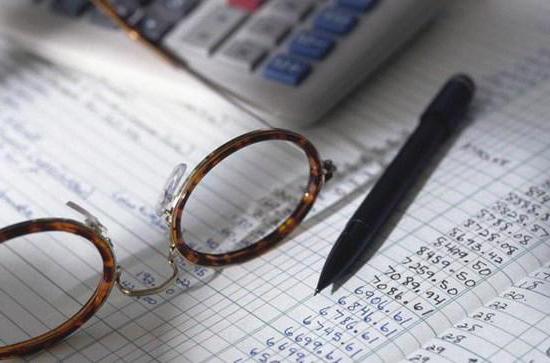
General information
The reformation of the balance sheet includes zeroing the balance of all sub-accounts opened to the account. 90 and 91. During the procedure, also closed. 99. The resulting loss or profit during the reformation of the balance is transferred to account 84. As a result, the company starts anew. At the beginning of the year, the company nullified accounts for accounting for financial results and sub-accounts opened to them. The procedure is completed by the final entries of December 31 of the reporting period.
Closing accounts 90 and 91
Throughout the year, the Sales account records the company's income and expenses for ordinary types of activities. Cf. 91, respectively, reflects the remaining costs and revenues. Closing of these accounts is carried out every month. This is indicated in the Instructions for Using the Account Plan. At the end of each month, therefore, you should compare the credit and debit turnover for subaccounts. 90 and establish the financial result from the sale for the reporting period.
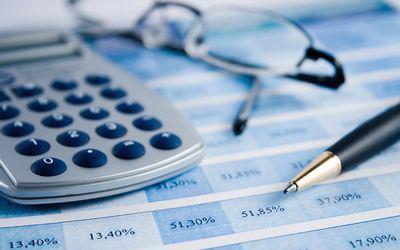
The revealed result is written off to the subaccount. 90.9 on count 99. Similarly, throughout the reporting year, account closes. 91. When comparing debit turnover for subacc. 91.2 and credit for subaccount. 91.1 the balance of other income and expenses is determined. The result at the end of the month is debited from subaccount. 91.9 to the score of 99.
Reformation Balance: Postings
When identifying income from sales or other activities, the following entry is made: DB 90.9 (91.9) Cd 99 - write-off of the amount of income received per month.
If losses are detected, the record will be as follows: write-off of the loss received during the month.
As a result, at the end of each month, a zero balance is formed on accounts 90 and 91. It should be remembered that the balances continue to be stored in sub-accounts. They accumulate during the year and are nullified by the reformation. Thus, this procedure consists in zeroing sub-accounts. Articles to sc. 90 is closed by internal records by subch. 90.9, and subaccounts of account 91 - by subaccount. 91.9. When the reformation of the balance is carried out, the transactions will be as follows:
- DB 90.1 Cd 90.9 - closing of the subaccount for accounting for revenue from sales.
- DB 90.9 Cd 90.2 - closing subsch. at cost of sales (excise taxes, VAT).
- DB 91.1 Cd 91.9 - closing of the subaccount for other income.
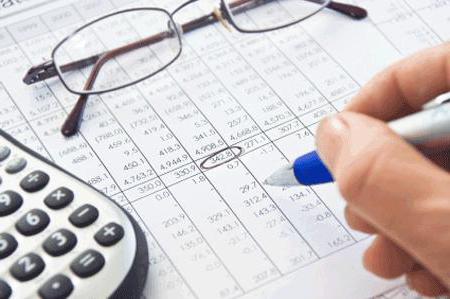
- DB 91.1 Cd 91.2 - closing subaccount. accounting for other expenses.
Cf. 99
The Profit and Loss Account is used to generate the final financial indicator of the enterprise for the entire reporting period. During this time, it reflects income and losses from ordinary types of activities, the balance of other expenses / income. In addition, cf. 99 fixes penalties and fines on fees and taxes, the amount of calculated profit tax and its recalculations.
Important point
If the company uses PBU 18/02, it cannot reflect the accrual of tax on profits by recording in DB accounts. 99 and cd 68. To calculate the amount of mandatory deduction for such a company, conditional income / expense should be adjusted. At the same time, in accordance with paragraph 20 of PBU, this indicator must be taken into account as a separate subaccount to the account of losses and receipts. From this it follows that such a company additionally, in the middle. 99 reflects the amounts of the estimated contingent expense / income from income tax and tax (permanent) liabilities / assets. 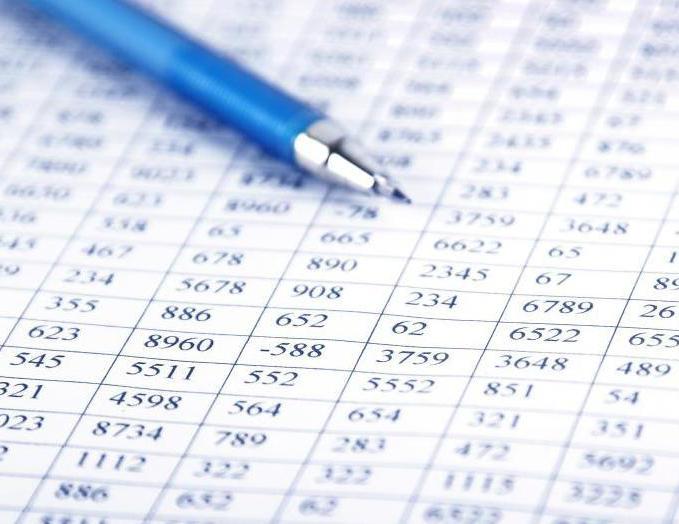
Account closure 99
Unlike sc. 90 and 91, this account is not reset during the year.The balance formed on it reflects the intermediate results of the financial and economic work of the enterprise. When the reformation of the balance is made, the debit and credit turnover of the account are compared. 99. Cd balance reflects net income. The debit balance will show that the company received a loss.

With the reformation of the balance 99 according to the Instruction is closed by the final record of December 31. The amount of net income received is carried forward to Cd. 84. In the event of the formation of a loss according to the results of the period, it shall be charged to DB cf. 84. Thus, the record will be as follows: DB 99 Cd 84, subch. "Retained earnings for the reporting period" - write-off net (retained earnings) of the year.
Or: DB 84, subch. "Uncovered loss of the reporting period", Cd 99 - reflects the uncovered loss for the reporting year.
As a result, the balance of the account. 99 will be reset to zero. Along with this, sub-accounts are also opened for this account. Consider what to do with them.
Subaccounts 99
The instruction does not indicate that when there is a reformation of the balance, it is necessary to close these sub-accounts. However, experts recommend proceeding from the Sch. 99 in the same way as with accounts 90 and 91. In other words, when the reformation of the balance is carried out, it is advisable to open an additional sub-account. 99.9. It will reflect the final financial result - net income or losses for the reporting period, to be transferred to the account. 84. At the end of the year, all sub-accounts that were open to account. 99 are closed by internal records. They are made, respectively, on subch. 99.9.
Note
Opening subaccounts to the account. 99, should focus on indicators f. No. 2. This means that if necessary, articles of several orders can be formed. For example, to subsc. 99.1 it is advisable to open at least two more:
- Subch 99.1.1 "Loss / income from sales".
- Subch 90.1.2 "Balance on other income and expenses".
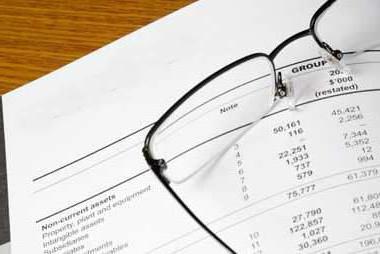
Multilevel Analytical System
If it is provided for in the enterprise, then the reformation of the balance in the middle. 99 is being implemented in stages. In the case of the formation of second-order sub-accounts, balances from them are transferred through internal records to the corresponding first-order article. After this, the balance formed in the first sub-accounts is written off to the account. 99.9. And only then the net loss or income for the reporting period is transferred to DB or Cd. 84. The enterprise shall approve the work plan for the accounts in its accounting policies.
Net Income Distribution
The decision on the direction of profit for one purpose or another is made in the LLC at the general meeting of participants (in AO - shareholders). Typically, net income derived from the results of the period is allocated to the payment of dividends and replenishment of the reserve.
If there are uncovered losses from previous years, by decision at a general meeting, the proceeds can be used to pay them off. In any case, before the meeting, the accountant is not entitled to make any entries. As an exception, there are cases when the charter of the company contains a specific indication of where the net income should go and a fixed amount of deductions is established. In these situations, the accountant, not waiting for the decision of the meeting, reflects the corresponding distribution of amounts in the statements and informs the participants about it. 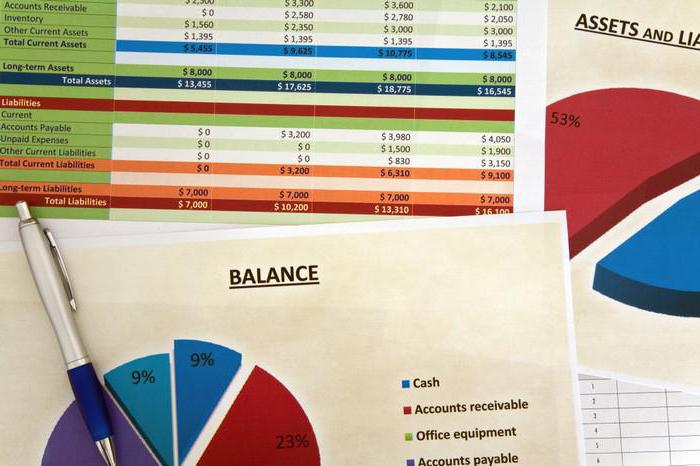
Dividend payment
If part of the revenue goes to these purposes, the postings will be as follows:
- DB 84, subch. "Undistributed income of the reporting period", Cd 70 - shows the debt on the payment of dividends to shareholders (participants) who are employees of the company.
- DB 84, subch. “Retained earnings of the year”, Cd 75.2 “Calculation of payment of profit” - reflects the debt on the payment of dividends to other participants (shareholders).
It should be noted that payments on preferred shares of certain types may also be carried out at the expense of special funds of the joint-stock company, which were previously created specifically for these purposes.
When do you need to record dividends?
The announcement of payments on the annual result of the company relates to events after the reporting date. This is indicated in PBU 7/98 (paragraph 3). If the event occurred after the final date, information about it is disclosed in the notes to the balance sheet and reporting documentation on losses and receipts. But during the reporting period, no entries need to be made. Dividend payments are recorded only when the meeting of participants takes place and a decision is made on the appropriate distribution of amounts.








